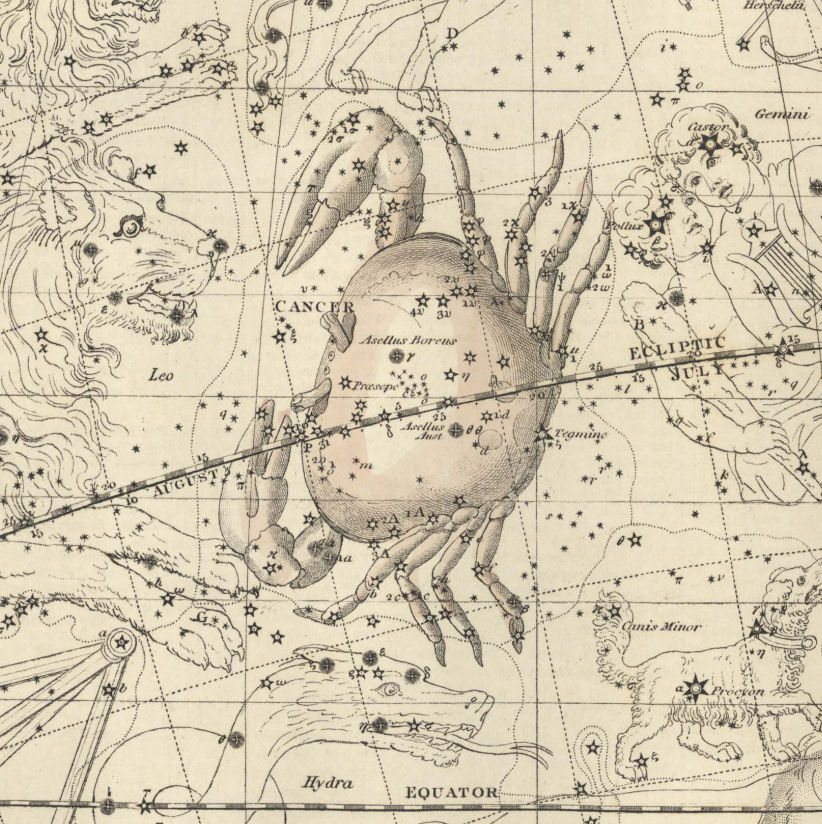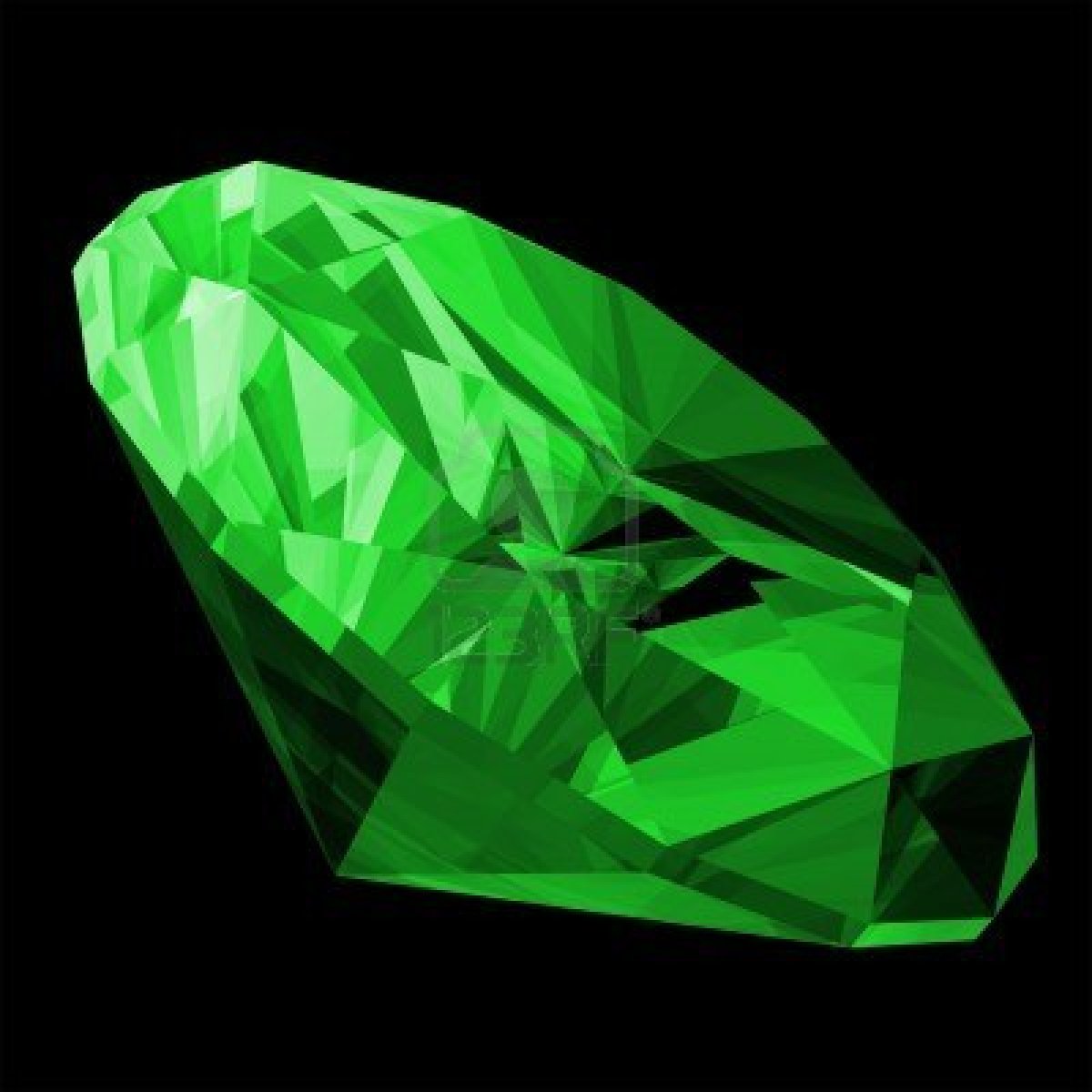
A period of hot weather in July, known as the Dog Days, is said to be a source of pestilence and disease.
The phrase “dog days” refers to the sultry days of summer, especially in mid-late July and August. The Romans referred to the dog days as diēs caniculārēs and associated the hot weather with the star Sirius. They considered Sirius to be the “Dog Star” because it is the brightest star in the constellation Canis Major (Large Dog); this linkage first appeared in the Greek poem Phaenomena by Aratus (310-260 BC) while Sirius’s association with summer heat is found in an earlier Greek poem, Works and Days by Hesiod in 700 BC.
Dog Days were popularly believed to be an evil time “the Sea boiled, the Wine turned sour, Dogs grew mad, and all other creatures became languid; causing to man, among other diseases, burning fevers, hysterics, and phrensies.” according to Brady’s Clavis Calendaria, in 1813.
The constellation Sirius was classically described as Orion’s dog. The Ancient Greeks thought that Sirius’s emanations could affect dogs adversely, making them behave abnormally during the “dog days,” the hottest days of the summer. The excessive panting of dogs in hot weather was thought to place them at risk of desiccation and disease. In extreme cases, a foaming dog might have rabies, which could infect and kill humans whom they had bitten.
Western Christian church calendars have even noted the Dog Days. According to the 1552 edition of the The Book of Common Prayer, the “Dog Daies” begin July 6 and end August 17. But this edition, the 2nd book of Edward VI, was never used extensively nor adopted by the Convocation of the Church of England. The lectionary of 1559 edition of the Book of Common Prayer indicates: “Naonae. Dog days begin” with the readings for July 7 and end August 18. This corresponds very closely to the lectionary of the 1611 edition of the King James Bible (also called the Authorized version of the Bible) which indicates the Dog Days beginning on July 6 and ending on September 5.


